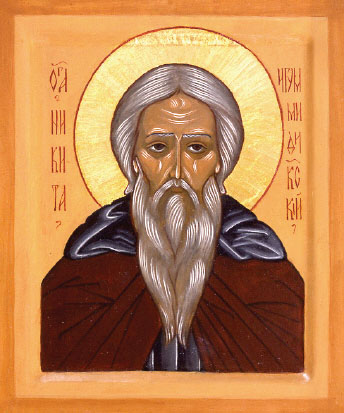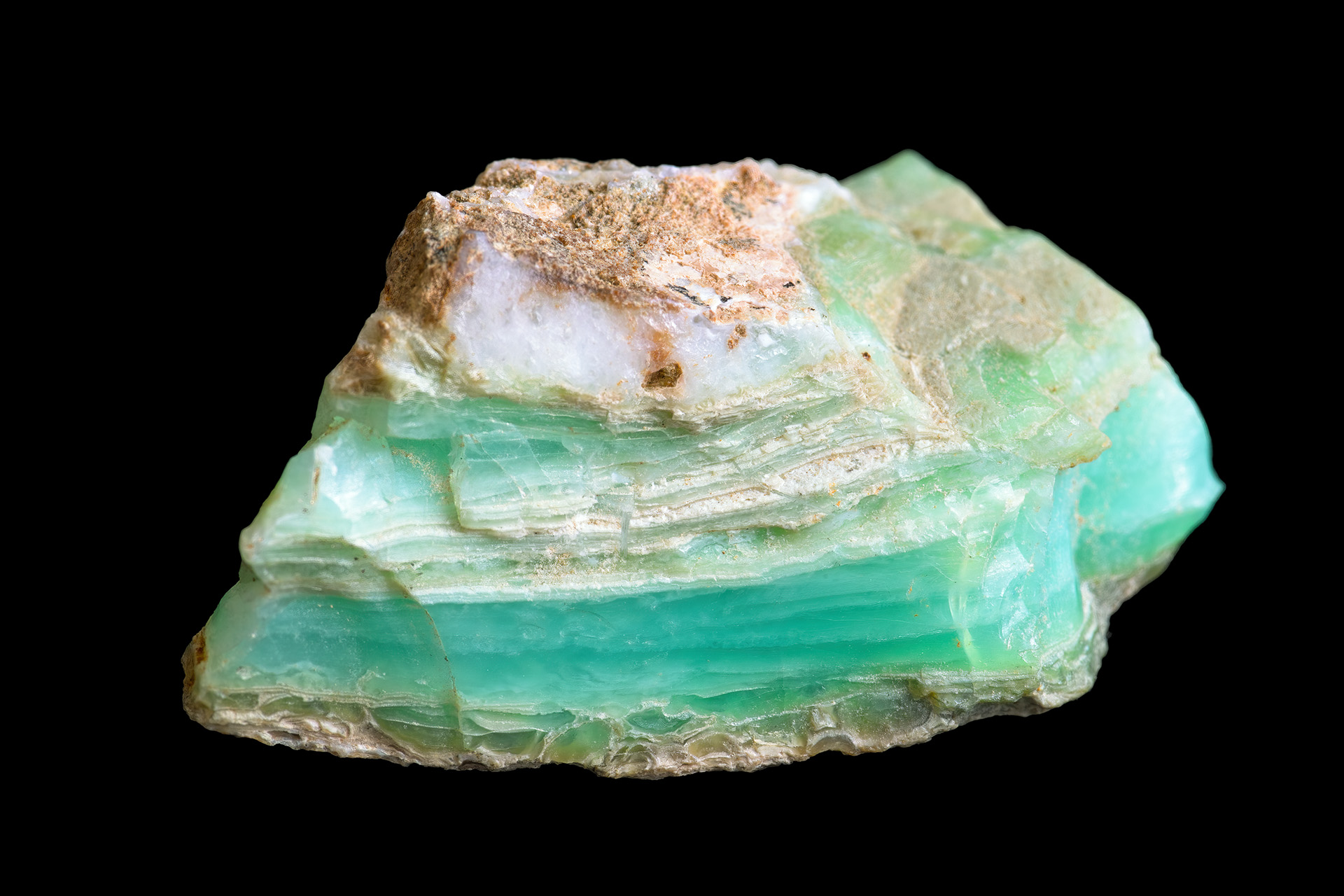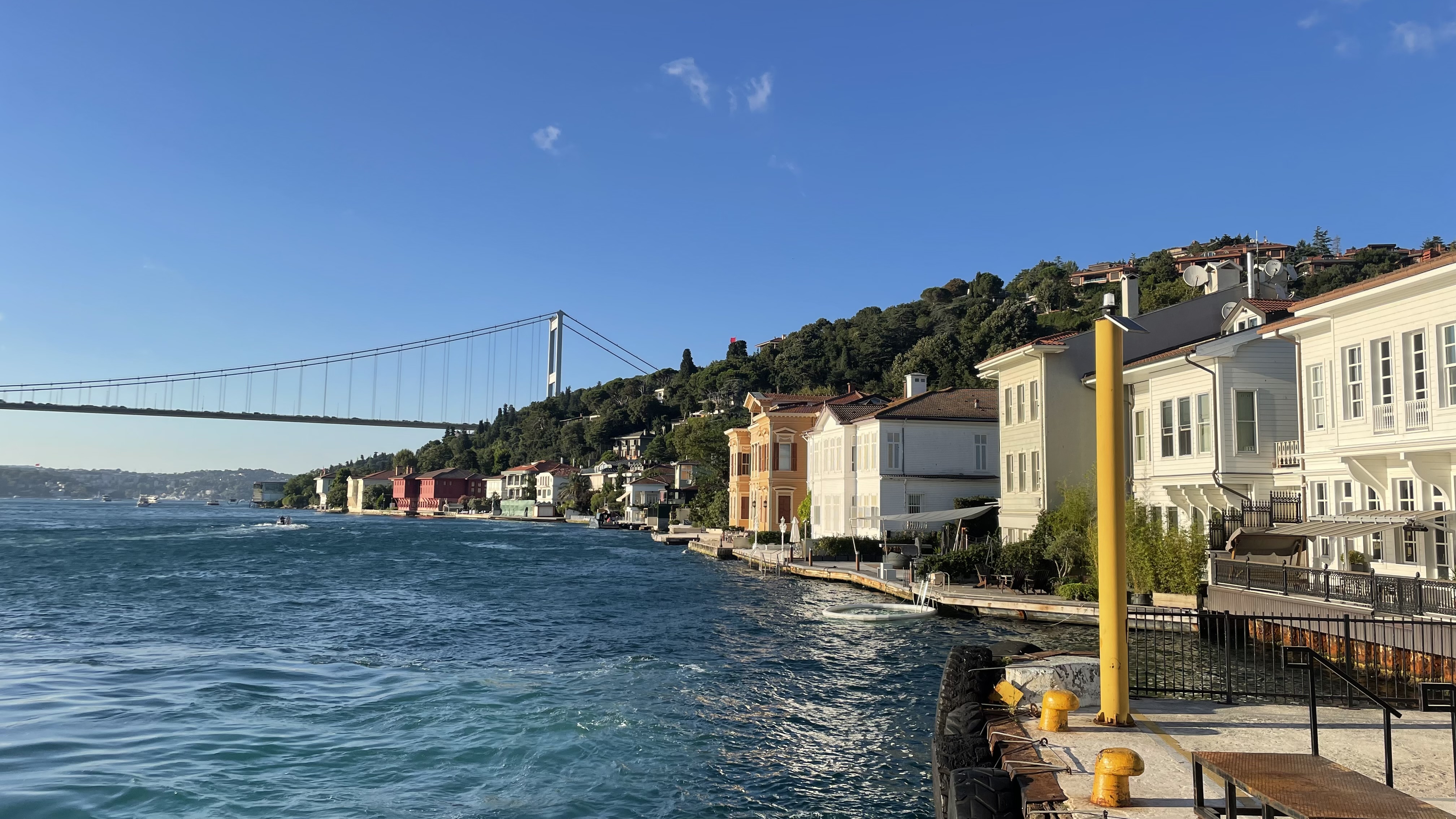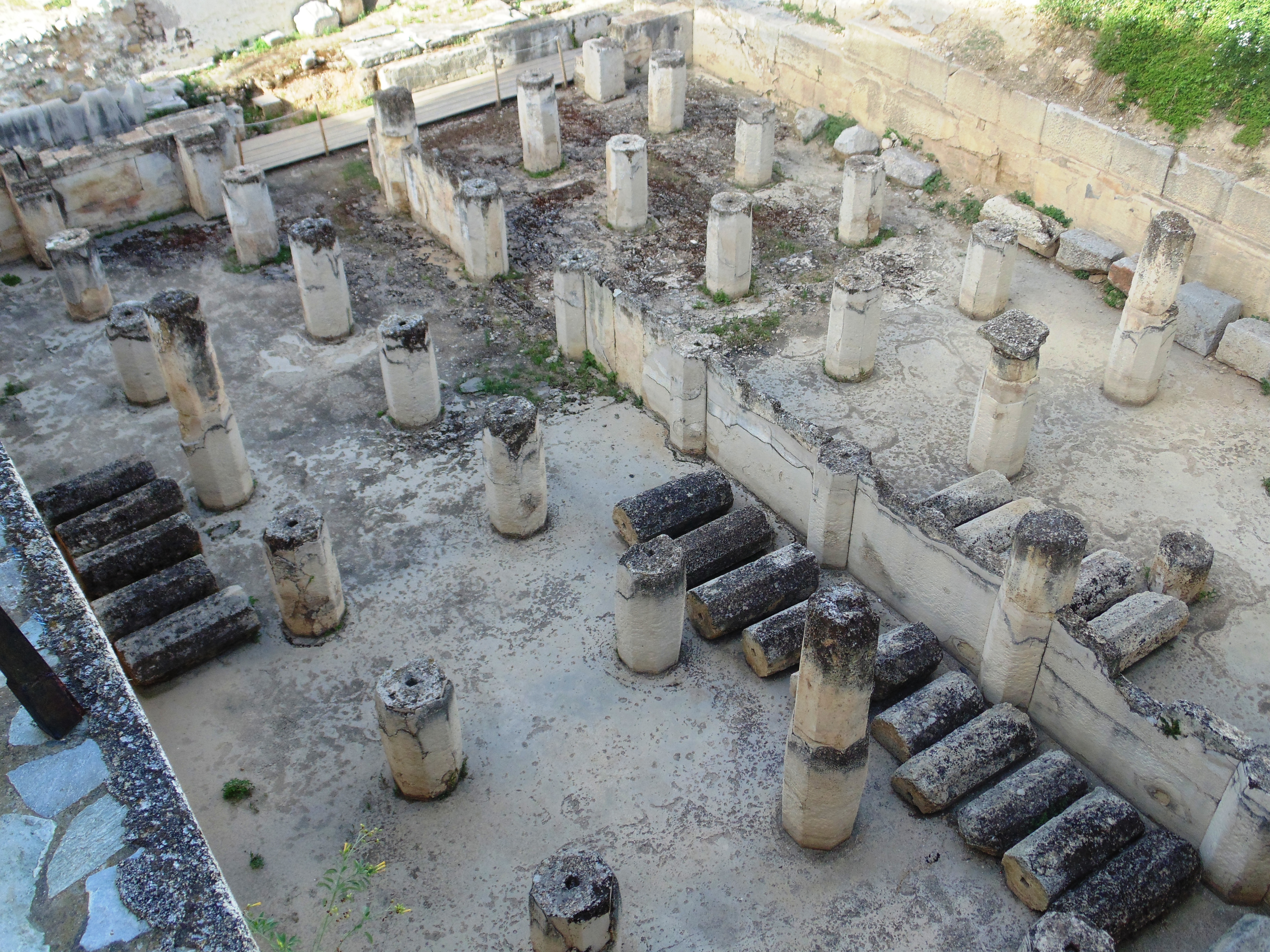|
Chalcedon
Chalcedon (; ; sometimes transliterated as ) was an ancient maritime town of Bithynia, in Asia Minor, Turkey. It was located almost directly opposite Byzantium, south of Scutari (modern Üsküdar) and it is now a district of the city of Istanbul named Kadıköy. The name ''Chalcedon'' is a variant of Calchedon, found on all the coins of the town as well as in manuscripts of Herodotus's '' Histories'', Xenophon's '' Hellenica'', Arrian's '' Anabasis'', and other works. Except for the Maiden's Tower, almost no above-ground vestiges of the ancient city survive in Kadıköy today; artifacts uncovered at Altıyol and other excavation sites are on display at the Istanbul Archaeological Museum. The site of Chalcedon is located on a small peninsula on the north coast of the Sea of Marmara, near the mouth of the Bosphorus. A stream, called the Chalcis or Chalcedon in antiquity William Smith, LLD, ed. (1854). '' Dictionary of Greek and Roman Geography''"Chalcedon" and now known as ... [...More Info...] [...Related Items...] OR: [Wikipedia] [Google] [Baidu] |
Metropolis Of Chalcedon
The Metropolis of Chalcedon () is an ecclesiastical territory (diocese) of the Ecumenical Patriarchate of Constantinople. Christianity spread in Chalcedon during the 2nd century AD. The city was initially the see of a bishopric before being promoted to a metropolitan bishop, metropolis at 451 AD, at the time of the Council of Chalcedon, Fourth Ecumenical Council. In 2005, it was the senior of the four remaining active Greek Orthodox Church metropolises of the Ecumenical Patriarchate in Turkey and the only one surviving in Asia Minor (Anatolia). As of 2024, it is numbered as the senior of nine active Metropolises that are active in Turkey, after the Archdiocese of Constantinople-New Rome. History Early Christianity and Council of Chalcedon Christianity spread in the region of Chalcedon, on the Asian shore opposite Byzantium (later Constantinople) already from the 2nd century AD. Among the first bishops, Adrian and Natalia of Nicomedia, Hadrian was martyred during the 2nd (or 4th) c ... [...More Info...] [...Related Items...] OR: [Wikipedia] [Google] [Baidu] |
Chalcedony
Chalcedony ( or ) is a cryptocrystalline form of silica, composed of very fine intergrowths of quartz and moganite. These are both silica minerals, but they differ in that quartz has a trigonal crystal structure, while moganite is monoclinic. Chalcedony's standard chemical structure (based on the chemical structure of quartz) is SiO2 (silicon dioxide). Chalcedony has a waxy luster, and may be semitransparent or translucent. It can assume a wide range of colors, but those most commonly seen are white to gray, grayish-blue or a shade of brown ranging from pale to nearly black. The color of chalcedony sold commercially is often enhanced by dyeing or heating. The name ''chalcedony'' comes from the Latin (alternatively spelled ) and is probably derived from the town of Chalcedon in Asia Minor. The name appears in Pliny the Elder's as a term for a translucent kind of jaspis. Another reference to a gem by the name of () is found in the Book of Revelation (21:19); however, i ... [...More Info...] [...Related Items...] OR: [Wikipedia] [Google] [Baidu] |
Kadıköy
Kadıköy () is a municipality and Districts of Turkey, district on the Asian side of Istanbul Province, Istanbul Province, Turkey. Its area is 25 km2, and its population is 467,919 (2023). It is a large and populous area in the Asian side of Istanbul, on the northern shore of the Sea of Marmara. It partially faces the historic city centre of Fatih on the European side of the Bosporus. It is bordered by the districts of Üsküdar, to the northwest, Ataşehir, to the northeast, and Maltepe, Istanbul, Maltepe, to the southeast. Kadıköy was known in classical antiquity and during the Roman Empire, Roman and Byzantine Empire, Byzantine eras as Chalcedon (). Chalcedon was known as the 'city of the blind'. The settlement has been under control of many empires, finally being taken by the Ottomans before the fall of Constantinople. At first, Chalcedon was Rural area, rural, but with time it Urbanization, urbanized. Kadıköy separated from the Üsküdar district in 1928. One o ... [...More Info...] [...Related Items...] OR: [Wikipedia] [Google] [Baidu] |
Byzantium
Byzantium () or Byzantion () was an ancient Greek city in classical antiquity that became known as Constantinople in late antiquity and Istanbul today. The Greek name ''Byzantion'' and its Latinization ''Byzantium'' continued to be used as a name of Constantinople sporadically and to varying degrees during the thousand-year existence of the Eastern Roman Empire, which also became known by the former name of the city as the Byzantine Empire. Byzantium was colonized by Greeks from Megara in the 7th century BCE and remained primarily Greek-speaking until its conquest by the Ottoman Empire in 1453 CE. Etymology The etymology of ''Byzantium'' is unknown. It has been suggested that the name is of Thracian origin. It may be derived from the Thracian personal name Byzas which means "he-goat". Ancient Greek legend refers to the Greek king Byzas, the leader of the Megarian colonists and founder of the city. The name '' Lygos'' for the city, which likely corresponds to an earlier T ... [...More Info...] [...Related Items...] OR: [Wikipedia] [Google] [Baidu] |
Istanbul
Istanbul is the List of largest cities and towns in Turkey, largest city in Turkey, constituting the country's economic, cultural, and historical heart. With Demographics of Istanbul, a population over , it is home to 18% of the Demographics of Turkey, population of Turkey. Istanbul is among the List of European cities by population within city limits, largest cities in Europe and List of cities proper by population, in the world by population. It is a city on two continents; about two-thirds of its population live in Europe and the rest in Asia. Istanbul straddles the Bosphorus—one of the world's busiest waterways—in northwestern Turkey, between the Sea of Marmara and the Black Sea. Its area of is coterminous with Istanbul Province. Istanbul's climate is Mediterranean climate, Mediterranean. The city now known as Istanbul developed to become one of the most significant cities in history. Byzantium was founded on the Sarayburnu promontory by Greek colonisation, Greek col ... [...More Info...] [...Related Items...] OR: [Wikipedia] [Google] [Baidu] |
Üsküdar
Üsküdar () is a municipality and district of Istanbul Province, Turkey. Its area is 35 km2, and its population is 524,452 (2022). It is a large and densely populated district on the Anatolian (Asian) shore of the Bosphorus. It is bordered to the north by Beykoz, to the east by Ümraniye, to the southeast by Ataşehir and to the south by Kadıköy; with Karaköy, Kabataş, Beşiktaş, and the historic Sarayburnu quarter of Fatih facing it on the opposite shore to the west. Üsküdar has been a conservative cultural center of the Anatolian side of Istanbul since Ottoman times with its landmark as well as numerous tiny mosques and dergahs. Üsküdar is a major transport hub, with ferries to Eminönü, Karaköy, Kabataş, Beşiktaş and some of the Bosphorus suburbs. Üsküdar is a stop on the Marmaray rail service at the point where it starts its journey under the Bosphorus, re-emerging on the European side at Sirkeci. Via Marmaray, Üsküdar is linked to Gebz ... [...More Info...] [...Related Items...] OR: [Wikipedia] [Google] [Baidu] |
Bosphorus
The Bosporus or Bosphorus Strait ( ; , colloquially ) is a natural strait and an internationally significant waterway located in Istanbul, Turkey. The Bosporus connects the Black Sea to the Sea of Marmara and forms one of the continental boundary between Asia and Europe, boundaries between Asia and Europe. It also divides Turkey by separating Anatolia, Asia Minor from East Thrace, Thrace. It is the world's narrowest strait used for international waterway, international navigation. Most of the shores of the Bosporus Strait, except for the area to the north, are heavily settled, with the city of Istanbul's metropolitan area, metropolitan population of 17 million inhabitants extending inland from both banks. The Bosporus Strait and the Dardanelles Strait at the opposite end of the Sea of Marmara are together known as the Turkish Straits. Sections of the shore of the Bosporus in Istanbul have been reinforced with concrete or rubble and those sections of the strait prone t ... [...More Info...] [...Related Items...] OR: [Wikipedia] [Google] [Baidu] |
Bithynia
Bithynia (; ) was an ancient region, kingdom and Roman province in the northwest of Asia Minor (present-day Turkey), adjoining the Sea of Marmara, the Bosporus, and the Black Sea. It bordered Mysia to the southwest, Paphlagonia to the northeast along the Pontic coast, and Phrygia to the southeast towards the interior of Asia Minor. Hellenistic Bithynia was an independent kingdom from the 4th century BC. Its capital Nicomedia was rebuilt on the site of ancient Astacus in 264 BC by Nicomedes I of Bithynia. Bithynia was bequeathed to the Roman Republic in 74 BC, and became united with the Pontus region as the province of Bithynia and Pontus. In the 7th century it was incorporated into the Byzantine Opsikion theme. It became a border region to the Seljuk Empire in the 13th century, and was eventually conquered by the Ottoman Turks between 1325 and 1333. Description Several major cities sat on the fertile shores of the Propontis (which is now known as Sea of Marmara): Nicomedia ... [...More Info...] [...Related Items...] OR: [Wikipedia] [Google] [Baidu] |
Megara
Megara (; , ) is a historic town and a municipality in West Attica, Greece. It lies in the northern section of the Isthmus of Corinth opposite the island of Salamis Island, Salamis, which belonged to Megara in archaic times, before being taken by Athens. Megara was one of the four districts of Attica, embodied in the four mythic sons of King Pandion II, of whom Nisos was the ruler of Megara. Megara was also a trade port, its people using their ships and wealth as a way to gain leverage on armies of neighboring poleis. Megara specialized in the exportation of wool and other animal products including livestock such as horses. It possessed two harbors, Pagae to the west on the Corinthian Gulf, and Nisaea to the east on the Saronic Gulf of the Aegean Sea. History Late Bronze Mycenaean period In the Late Bronze Age, Megara features prominently as a small kingdom in the myths and legends of Homer. Megara emerged between two fortified ports, Nisaea on the Saronic Gulf and Pagae on the ... [...More Info...] [...Related Items...] OR: [Wikipedia] [Google] [Baidu] |
William Smith (lexicographer)
Sir William Smith (20 May 1813 – 7 October 1893) was an English lexicographer. He became known for his advances in the teaching of Greek and Latin in schools. Early life Smith was born in Municipal Borough of Enfield, Enfield in 1813 to Nonconformist (Protestantism), Nonconformist parents. He attended the Madras House school of John Allen (religious writer), John Allen in Hackney. Originally destined for a theological career, he instead became Articled clerk, articled to a solicitor. Meanwhile, he taught himself classics in his spare time, and when he entered University College London carried off both the Greek and Latin prizes. He was entered at Gray's Inn in 1830, but gave up his legal studies for a post at University College School and began to write on classical subjects. Lexicography Smith next turned his attention to lexicography. His first attempt was ''A Dictionary of Greek and Roman Antiquities'', which appeared in 1842, the greater part being written by him. Then f ... [...More Info...] [...Related Items...] OR: [Wikipedia] [Google] [Baidu] |
Dictionary Of Greek And Roman Geography
The ''Dictionary of Greek and Roman Geography'' is the last in a series of classical dictionaries edited by the English scholar William Smith (1813–1893), following '' A Dictionary of Greek and Roman Antiquities'' and the '' Dictionary of Greek and Roman Biography and Mythology''. It was first published in 1854, and last reissued in 2005. As declared by Smith in the ''Preface'': In two massive volumes, the dictionary provides detailed coverage of all the important countries, regions, towns, cities, and geographical features mentioned in Greek and Latin literature, and the Bible. It retains "Greek and Roman" partly for uniformity, but chiefly to indicate the principle object of the work. See also * '' Dictionary of Greek and Roman Antiquities'' * '' Dictionary of Greek and Roman Biography and Mythology'' References * Smith, William; Dictionary of Greek and Roman Geography', London, (1854) *Smith's Dictionary of Greek and Roman Geography from the '' North American Revi ... [...More Info...] [...Related Items...] OR: [Wikipedia] [Google] [Baidu] |
Colascione
The colascione (or calascione, , , also sometimes known as liuto della giraffa meaning giraffe-lute, a reference to its long neck) is a plucked string instrument from the late Renaissance and early Baroque periods,Anthony Baines: Lexikon der Musikinstrumente. J.B. Metzler'sche Verlagsbuchhandlung, Stuttgart 2005, S. 66 with a lute-like resonant body and a very long neck. It was mainly used in southern Italy. It has two or three strings tuned in fifths. Noteworthy are the great similarities of the colascione with instruments such as the dutar or the saz. Nevertheless, there are important differences, such as the bridge being on the top of the body. Fotothek df tg 0008352 Akustik ^ Saiteninstrument ^ Zupfinstrument ^ Colachon ^ Ordensliteratur.jpg, Image of Colascione from woodcut from Deutsche Fotothek File:Colascione.jpg, A modern reconstruction File:Domenico Colla and his brother.jpg, Domenico Colla and his brother, who toured Europe in the 1760s, playing both colascione and ... [...More Info...] [...Related Items...] OR: [Wikipedia] [Google] [Baidu] |






